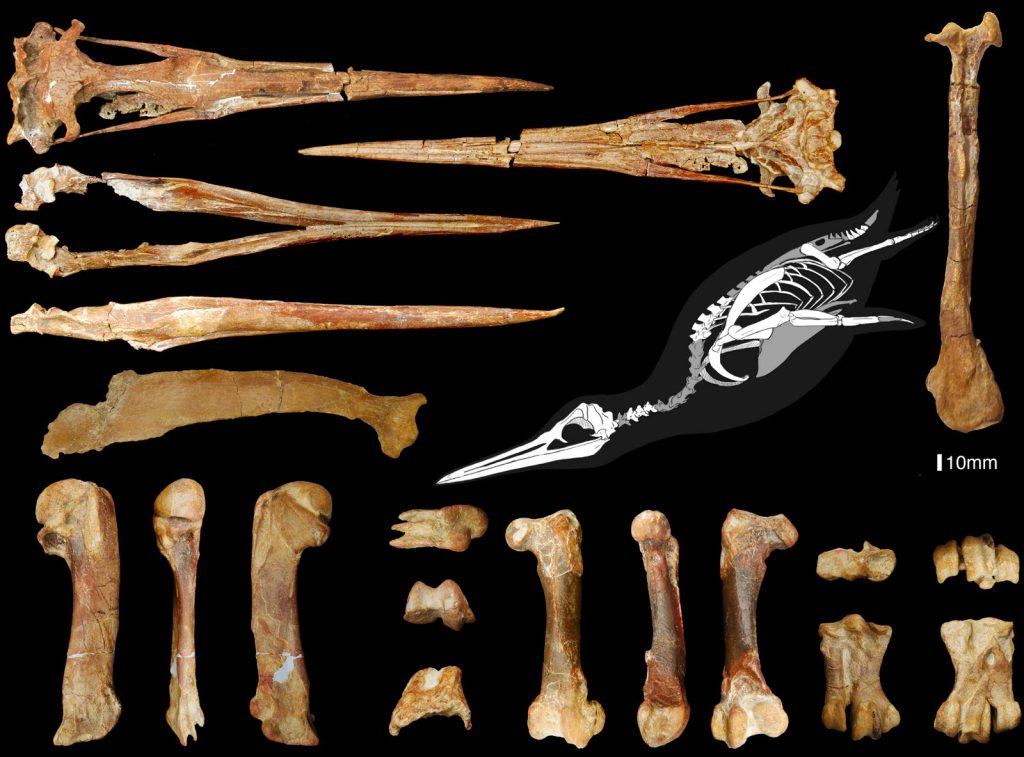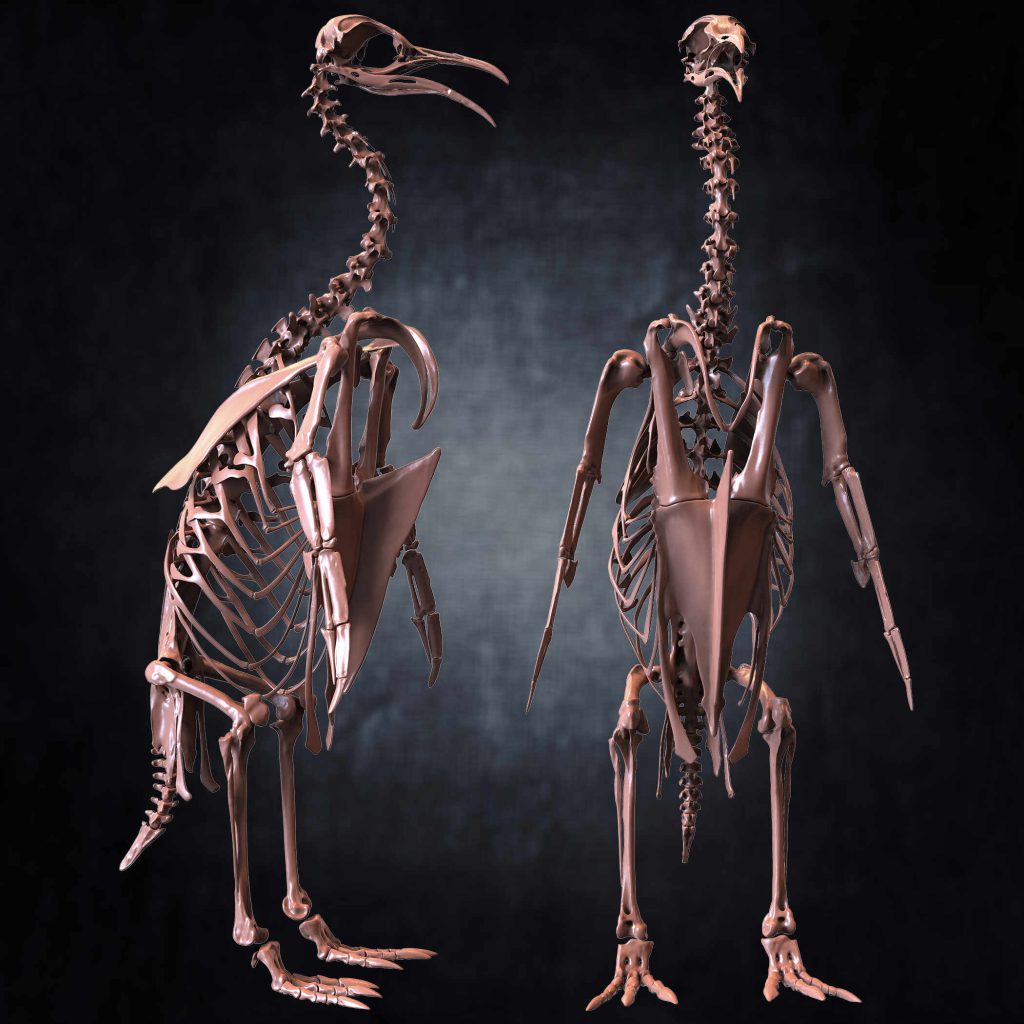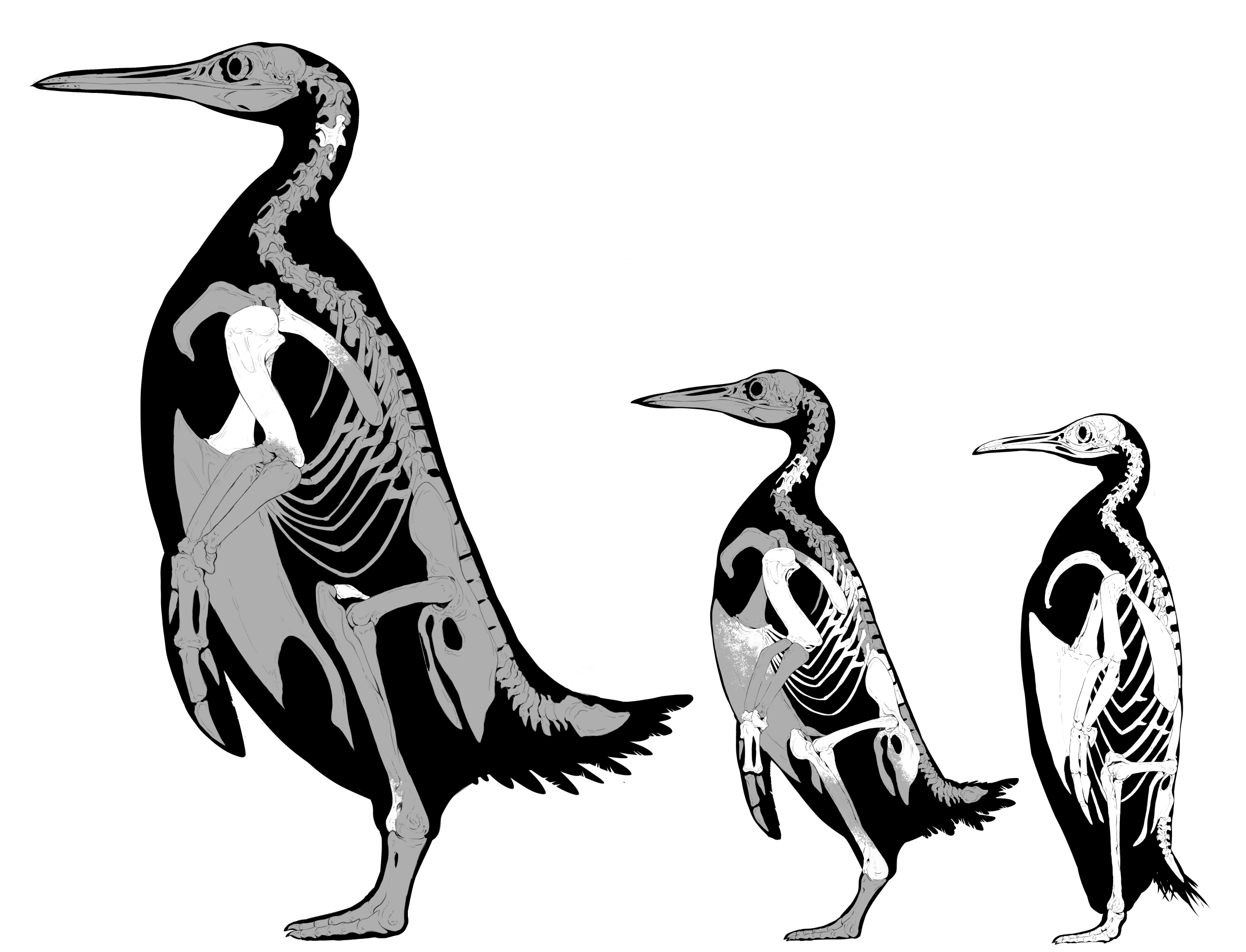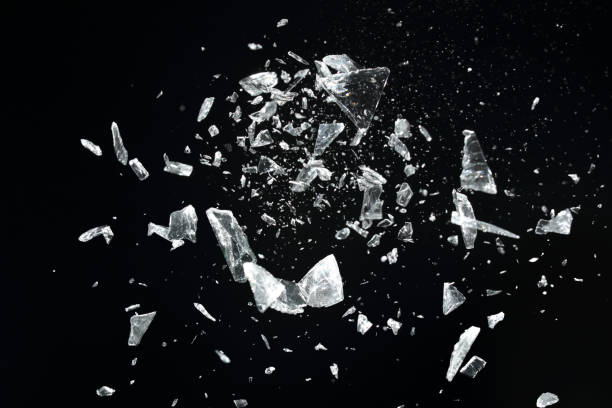When you think about penguins, you might picture their adorable waddling walk or their sleek swimming in icy waters. But beneath their charming exterior lies something incredible — the penguin skeleton. This unique structure holds the secret to their survival in some of the harshest environments on Earth. In this article, you will discover 10 fascinating facts about the penguin skeleton that will amaze you. From their special bones that make swimming effortless to the way their skeleton has evolved over millions of years, the story of the penguin skeleton is one of nature’s true wonders.
What Makes the Penguin Skeleton Unique?
Unlike many birds, the penguin skeleton is specially adapted for life in water. While most birds have hollow bones to help them fly, penguins have dense, solid bones. This difference might seem small, but it plays a huge role in their lifestyle. Dense bones help penguins dive deep underwater without floating back up too quickly, allowing them to catch fish and other sea creatures with ease.
The structure of their bones also makes their bodies strong and sturdy, perfect for swimming against powerful ocean currents. This strength comes at a cost — penguins cannot fly like other birds because their skeletons are too heavy for flight. But they don’t need to fly when they can glide so gracefully underwater.
How the Penguin Skeleton Supports Their Swimming Ability
The penguin’s wings are a perfect example of nature’s smart design. The penguin skeleton shows that their wings have evolved into flippers. These flippers are rigid and flat, unlike the flexible wings of flying birds. This makes penguins powerful swimmers, using their flippers to “fly” underwater with speed and precision.
Their bones are connected tightly, and their muscles attach firmly to the skeleton, giving them the strength needed to push through water. Penguins use their strong skeletons to maneuver, change directions, and dive deep. In fact, their skeleton’s shape helps reduce drag, making swimming more efficient and less tiring.
The Evolution Story Behind the Penguin Skeleton
The story of the penguin skeleton is also a story about evolution and adaptation. Millions of years ago, penguins’ ancestors were flying birds. Over time, as these birds moved into colder, water-based habitats, their skeletons changed to support a new way of life.
Fossil records show that early penguins had lighter bones and could still fly, but as they adapted more to swimming, their bones became heavier and wings turned into flippers. This evolutionary journey is fascinating because it shows how the skeleton changed slowly to help penguins survive better in water, even though they lost the ability to fly.
Penguin Skeleton vs. Other Birds: Key Differences
When comparing the penguin skeleton to that of other birds, the differences are clear. Most birds have hollow bones to keep them light for flying. Penguins, however, have thicker bones which add weight but give them strength.
Another key difference is in the wing bones. In flying birds, wing bones are long and jointed to allow flapping. In penguins, the wing bones are shorter and stiffer, shaped like paddles for swimming.
Their leg bones are also different. Penguins have strong, short legs positioned far back on their bodies, helping them stand upright and waddle on land but also aiding in steering underwater.
Why the Penguin Skeleton Is Essential for Survival
The penguin skeleton isn’t just about swimming; it is vital for the penguin’s overall survival. Their skeleton supports muscles that help them dive deep to find food, protect themselves from predators, and survive freezing temperatures.
The strength of their bones helps them endure rough underwater currents and icy waves. On land, the skeleton’s shape lets them stand tall and walk long distances to nesting sites or across icy terrain.
Without the unique design of the penguin skeleton, these birds wouldn’t be able to thrive in their demanding habitats.

The Role of the Penguin Skeleton in Cold Environments
Living in cold environments like Antarctica puts extra pressure on penguins’ bodies. The penguin skeleton helps in ways you might not expect. Because penguins have heavy bones, they can stay underwater longer and dive deeper to warmer water layers where fish gather.
Their sturdy skeletons also support their bodies when huddling together for warmth on land. Penguins often group tightly to conserve heat, and a strong skeleton prevents injury during these crowded gatherings.
Additionally, the penguin skeleton works with their thick layers of fat and feathers to maintain body heat and survive harsh winters.
Scientific Discoveries and Studies on the Penguin Skeleton
Scientists have studied the penguin skeleton for decades to understand how these birds are so perfectly adapted to their environment. Using modern technology like X-rays and 3D scans, researchers have uncovered secrets about penguin movement and strength.
Studies have shown how the density of penguin bones varies with species and age, giving clues about their diving habits. Some penguins have even developed slightly different skeleton shapes to suit their specific diets or habitats.
These discoveries not only help us learn about penguins but also inspire engineers in designing underwater robots and swimming gear mimicking penguin movement.
Fun Facts About the Penguin Skeleton
- The penguin’s flipper bones are shaped more like a human hand than a bird’s wing.
- Penguins can dive over 500 meters deep, relying on their strong skeleton to withstand pressure.
- The bones in a penguin’s skeleton are connected so tightly that their flippers do not bend, making them perfect for swimming but useless for flying.
- Fossilized penguin skeletons have been found as far north as New Zealand, showing their ancient range was much wider.
- Penguins have more bones in their flippers than flying birds have in their wings, helping with precise movements underwater.

Visit our website for more updates and stories
Conclusion: The Amazing World of the Penguin Skeleton
The penguin skeleton is truly one of nature’s amazing creations. Its unique design tells a story of adaptation, strength, and survival. From dense bones that allow deep dives to wings transformed into powerful flippers, the penguin skeleton holds the key to why these birds are such skilled swimmers and resilient creatures.
By exploring the penguin skeleton, we not only learn about the bird itself but also about the wonders of evolution and how life can change to meet the challenges of different environments. Next time you see a penguin waddling on land or swimming through water, remember the incredible skeleton beneath that helps make it all possible.













